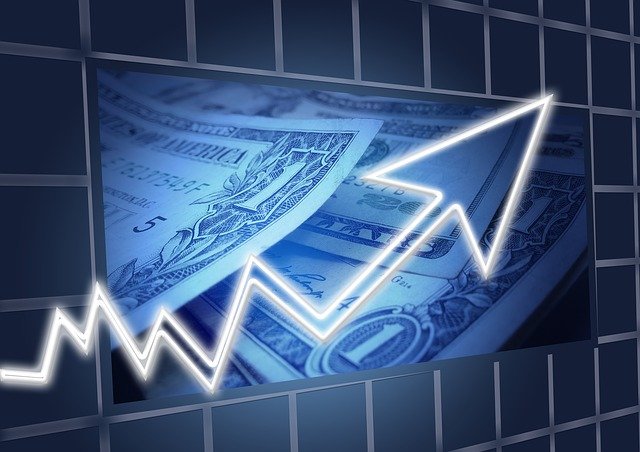Yves here. We’ve featured many posts and links on the raw materials demands of the hoped-for uptake of green energy, how some critical ones appear to be in inadequate supply, and how in most cases mining and refining them also has significant environmental costs. So we are now seeing the predictable result of an unplanned transition: price is becoming a rationing device.
By Irina Slav, a writer for Oilprice.com with over a decade of experience writing on the oil and gas industry. Originally published at OilPrice
- Wind and solar stocks are declining due to higher costs of raw materials and slow supply response.
- EV chargers and copper mining, critical for the energy transition, face demand uncertainties and reluctance in investment.
- Despite government subsidies, renewable energy sectors struggle with high costs and interest rates, indicating a slower and more expensive transition than anticipated.
Wind power stocks are tanking. So are solar power stocks. Germany’s government just agreed to underwrite a 15-billion-euro bailout for Siemens Energy after its wind power subsidiary booked massive losses.
The list could continue. The movers and shakers in the energy space are finding it increasingly hard to move and shake. It was easy to anticipate this development, yet, many choose to ignore the signs, and now the sector may suffer more before the growing pains ease.
One common theme in the wind, solar, and EV space is the theme of rising costs. This was perhaps the easiest development to anticipate in the progress of the energy transition. After all, everyone was forecasting a massive surge in the demand for various raw materials and technology to enable that transition.
There is one guaranteed thing that happens when demand for something rises: prices also rise before the supply response kicks in. This is a universal truth for all industries and there was no reason to expect that the transition industry would be an exception.
Indeed, demand for raw materials necessary for solar panels, wind turbines, and EV batteries rose, but supply was slow to catch up, which led to higher prices. For a while, many pretended this was not the case, possibly hoping the cost inflation would blow over before investors noticed it.
Denmark’s Orsted, which suffered some of the worst market cap losses in the transition space, just this June published an upbeat outlook for the year and the medium term, expecting strong capacity additions growth and a return on capital employed rate of an average 14% for the period 2023 to 2030.
The same month the head of the company complained loudly about the rising costs of building offshore wind in Britain and asked for more subsidies. Five months later, Orsted had booked $4 billion in impairment charges from its U.S. business and had canceled two offshore projects there. CEO Mads Nipper called the situation in wind power “a perfect storm”.
Many have blamed the higher costs on the legacy of the pandemic lockdowns—broken supply chains, delays, and other obstacles to the smooth movement of goods and materials. Yet when it comes to the transition, the current state of affairs is more likely part of the same vicious circle that is holding back the EV revolution that fans of Tesla keep predicting.
This circle is best illustrated in the case of EV chargers. Since range anxiety is one of the biggest concerns of prospective buyers, there must be enough chargers for this anxiety to subside. But charger companies wouldn’t build chargers unless they are certain there will be enough EVs on the roads to make these chargers profitable.
The situation is similar in copper mining—perhaps the most fundamental industry for the energy transition. After all, the transition is conceived of as a shift to almost full electrification and you cannot have electrification without a lot of copper. Instead, copper miners are reluctant to splurge on new exploration. Miners don’t have enough certainty about future demand, despite all the upbeat forecasts. Whatever market prices show, if the transition gains momentum as planned, the copper shortage will only be a matter of time.
Another obstacle is demand. There seemed to be an assumption among transition planners that demand would be given; but it hasn’t been.
EV makers now find themselves revising their plans as demand falls short of targets. In June, forecasts for Germany were that demand for solar installations would surge by double digits in 2023. Two months later, an inverter maker warned that demand had actually dropped in the third quarter, and the outlook for Q4 was not particularly encouraging. In wind, projects are being canceled because project leaders are asking for much higher prices than previously agreed with funding governments.
Many are blaming higher interest rates for the cost inflation that sank their shares. But interest rates are something that all industries have to deal with, and those other industries don’t have the privilege of counting on generous government subsidies. Yet wind, solar, and EVs can’t take off even with those subsidies.
This puts the future of the transition in a new perspective: something that many observers foresaw but were dismissed as climate deniers. The transition will be neither as fast nor as smooth—or as cheap—as initially expected. It will take a long time; it will be uneven, and it will be expensive.
“There’s this notion that it is going to be a linear energy transition,” Daniel Yergin, S&P Global vice chairman and a veteran energy chronicler, told the Wall Street Journal. “It’s going to unfold in different ways in different parts of the world.”

